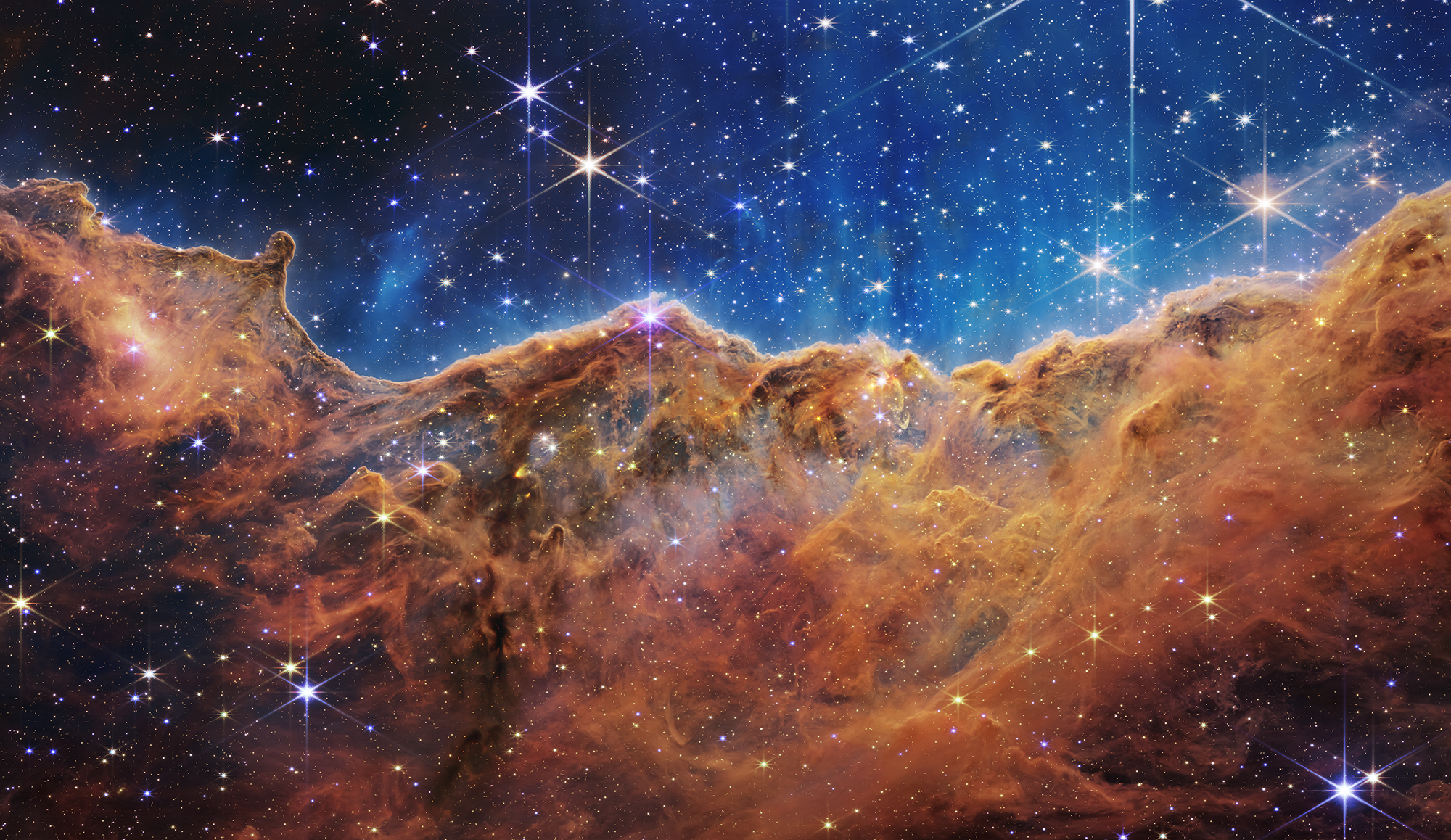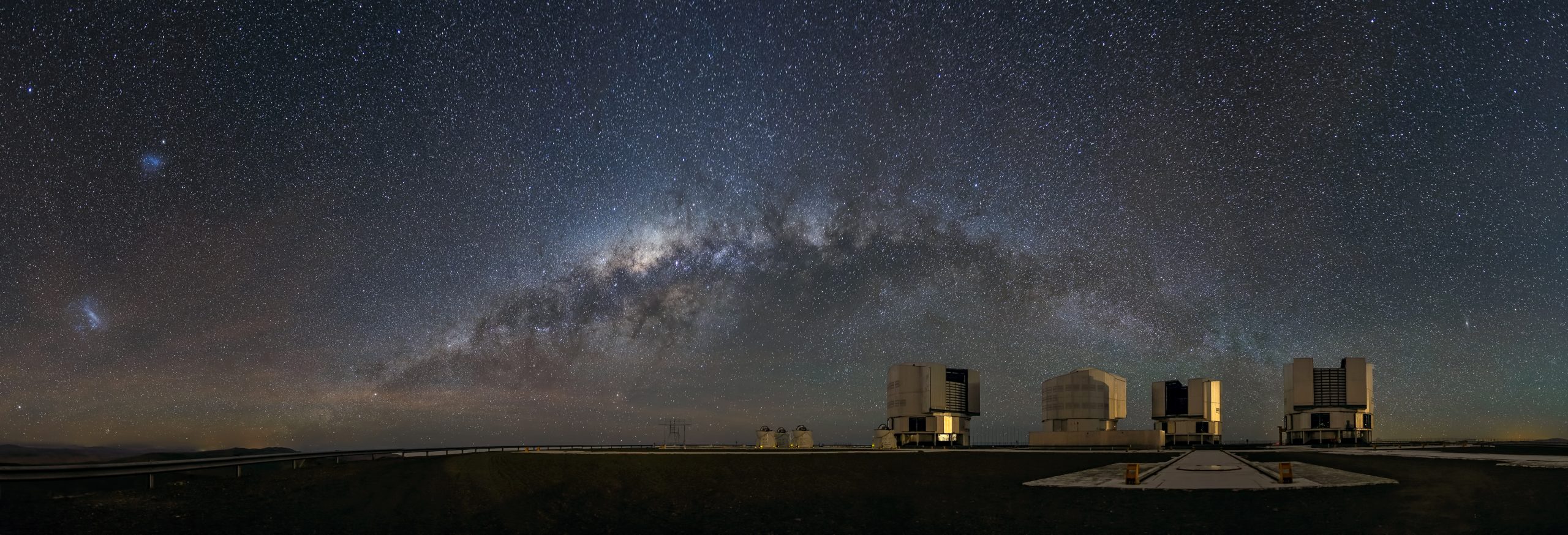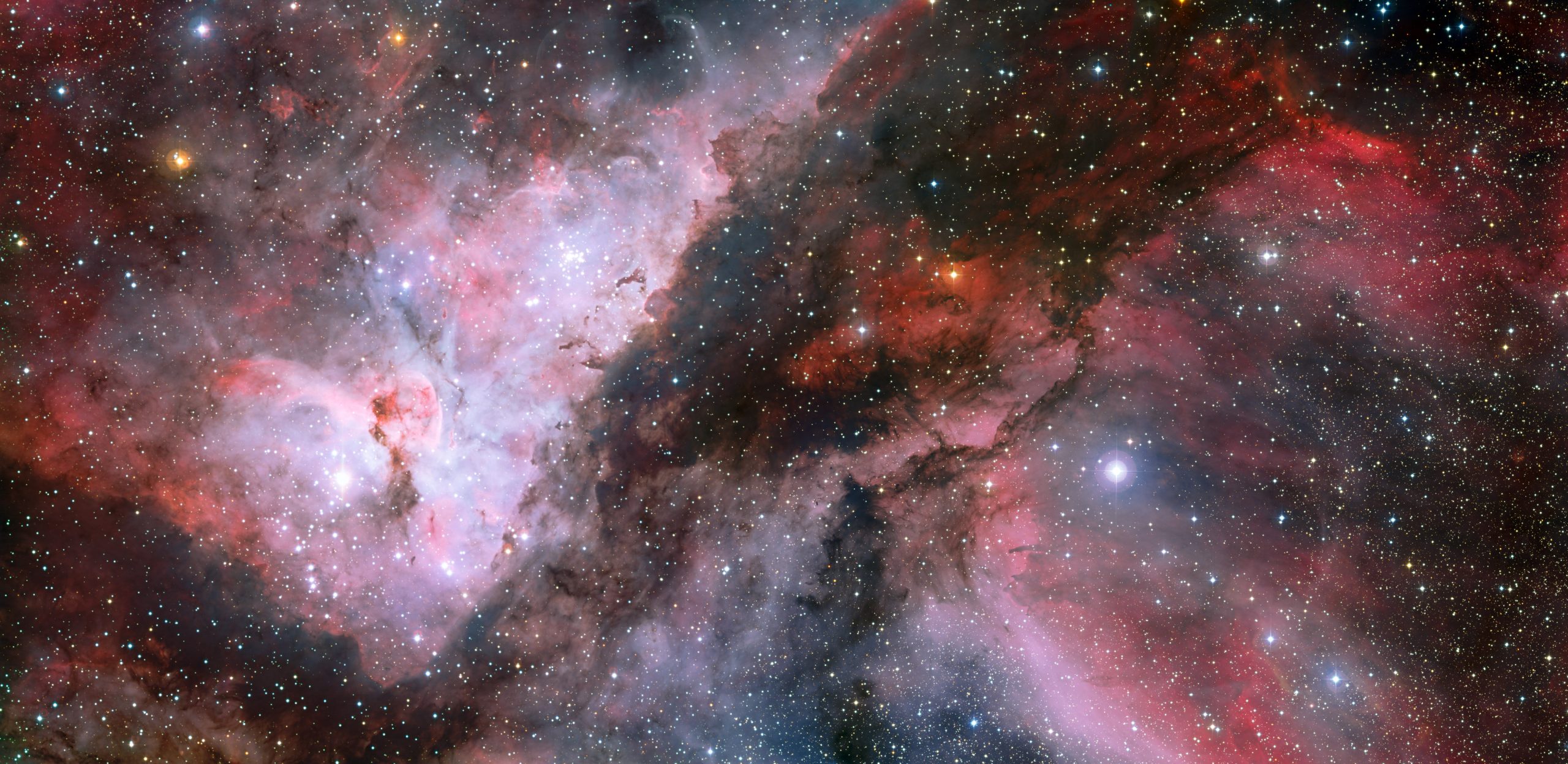Department of Astrophysics and Classical Astronomy
Astrophysics attempts to provide answers to some of the most important questions in modern science: how did the Universe originate and evolve, how are stars and galaxies born, how do they live and evolve, how do they interact, what are the final stages of their evolution? In our Department of Astrophysics and Classical Astronomy, we deal with many questions related to the evolution of stars and stellar systems such as clusters and nearby galaxies. In our research, we use observations made with a number of ground-based telescopes, including the SALT telescope and ESO telescopes. We also make use of massive photometric surveys and spectroscopic archives, as well as the results of satellite observations, in particular the BRITE mission co-led by Poland. The main topics of our research are the following:
- Search for B-type variable stars in young open clusters and subsequent ensemble asteroseismology.
- Seismic modelling (asteroseismology) of main-sequence pulsating stars, β Cephei, SPB, δ Scuti and γ Doradus. Determination of non-adiabatic observables and identification of pulsation modes in these stars. Testing of opacity tables.
- Determination of seismic constraints on the internal structure and rotation of B, A and F-type stars.
- Exploration, variability analysis and modelling of eccentric binary systems, especially massive ones.
- Study of tidal effects in massive binary systems, including tidally excited oscillations.
- Photometry of RR Lyrae-type stars, SX Phe and population II Cepheids in Galactic globular clusters.
- Variability surveys in young open clusters.
- Search for variable stars in massive ground-based surveys and space
missions - Observational support of space missions, for instance, the observations of Gaia alerts.
- Determination of astrophysical parameters of hot stars.
- Determination of the chemical composition of the atmospheres of hot stars, including pulsating stars, and study of chemical peculiarities in their spectra (e.g. HgMn and Am stars).
- Search for and analysis of pulsating components of eclipsing binaries.
In our research we use data from many ground-based projects (OGLE, ASAS, ATLAS, ZTF) and satellite missions (MOST, SMEI, Kepler, CoRoT, BRITE, TESS, Gaia). The Wrocław astrophysicists have at their disposal a 60-cm Cassegrain telescope in Białków equipped with a professional CCD camera, Johnson, Strömgren and Hα filters and an autoguider. Observations that we use in our scientific work are also made at other observatories, including SAAO (SALT and other telescopes), ESO observatories (Paranal, La Silla), SSO, DDO and OHP.




